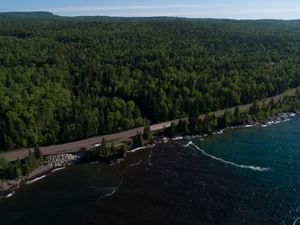
ITASCA COUNTY Trees in fog above the UPM/Blandin forest land in Itasca County, Minnesota. © Richard Hamilton Smith
There is so much more to our forests than meets the eye. Soil-stabilizing roots help filter water as it runs into nearby lakes and rivers. Bright green leaves absorb carbon dioxide, sinking the climate-warming gas down into the soil. The canopy, the soil and everything in between provide habitat for wildlife.
Unfortunately, Minnesota has lost about 44% of its original forest from land clearing and logging in the 1870s to the 1930s, and forest loss continues through development and conversion to agriculture.
But that loss presents a unique opportunity to rebuild our forests with an eye to their long-term survival, benefitting people and nature.
That’s why The Nature Conservancy in Minnesota and our partners are a part of Minnesota Million, a movement to reforest 1 million acres of our state.
The opportunity is there. More than 2 million acres of non-forested land can be restored to forest, capturing more than 6 million tons of carbon per year. But we can't reach our goal without a strong supply of seeds, growers to raise seedlings, sites to plant trees and robust tending to young trees to help them thrive for decades.

Seed Collection
Although seeds do grow on trees, collecting enough of the right species from the right places presents a challenge.
Wildfires, pests and other threats can quickly wipe out local tree populations and their seeds. Some seed orchards are producing seed for reforestation, but many have been neglected. A limited number of seed collectors are working to gather seed, and many more are needed. Plus, seed collection is a laborious task that can require year-round planning and there is a short window of time when seeds can be collected.
We’re working to overcome these challenges by collecting healthy seeds from diverse parent trees and tracking these seeds throughout the entire supply chain. We are training seed collectors and supplying our own demand by collecting seeds that form the foundation of our tree planting efforts.
Dive deeper
Collecting seed is a labor-intensive part of the reforestation supply chain. Explore more of what goes into the process.
-
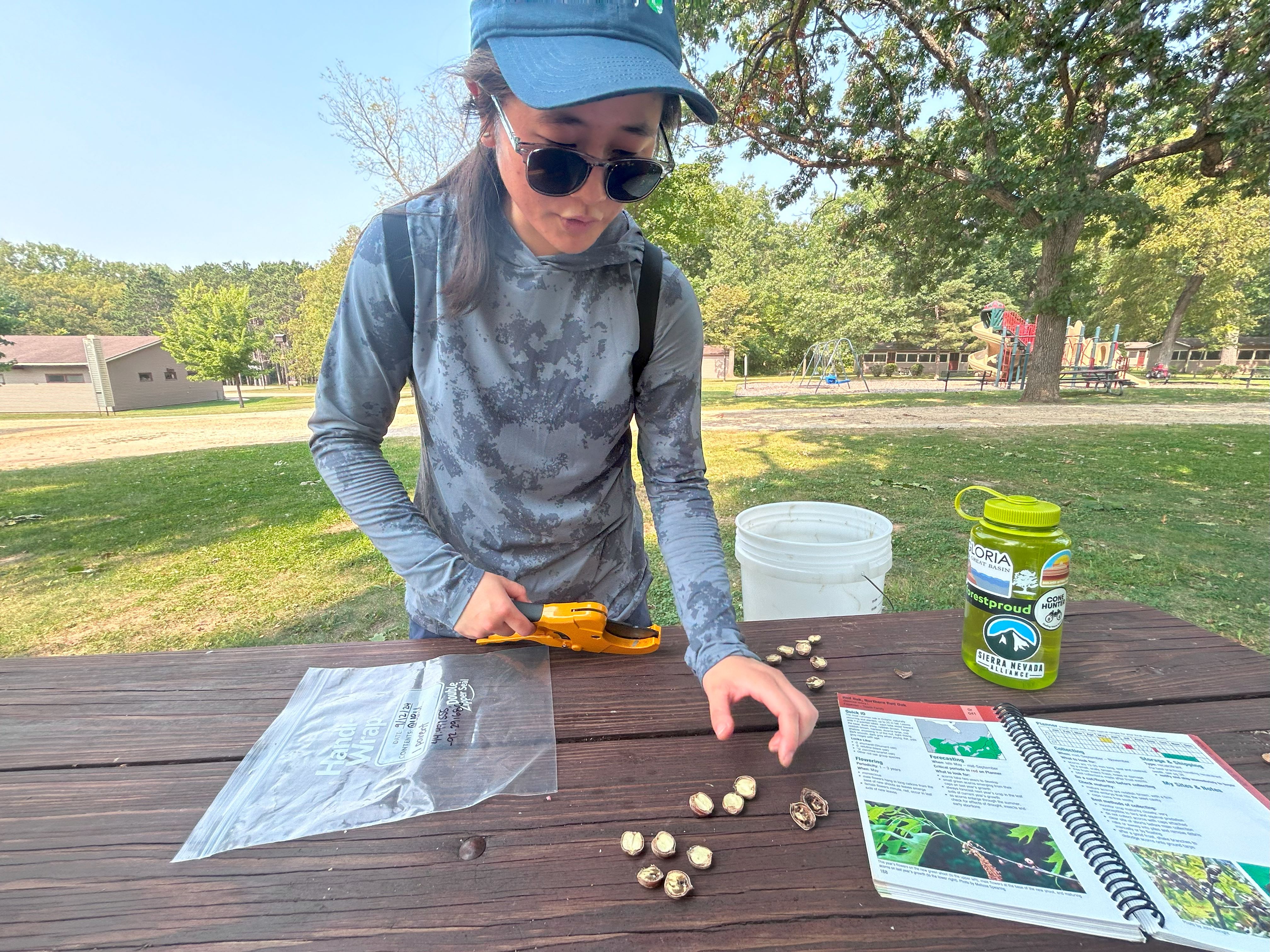
The Need for Seed
Seed scouts are working to collect seeds around Minnesota that form the foundation of our tree planting efforts. Read more
-
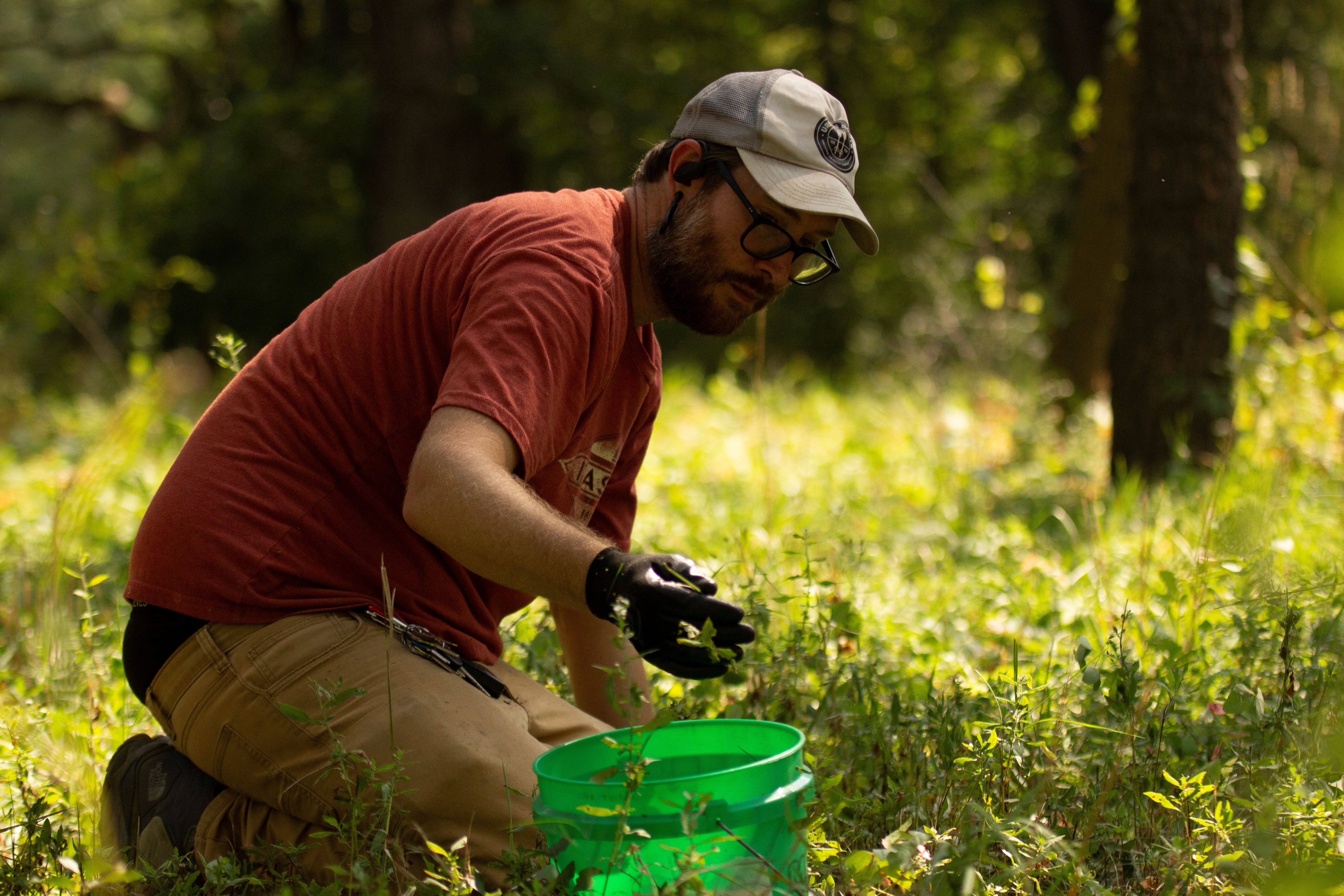
Training seed collectors
To grow Minnesota’s future forests, an effort to collect seeds takes root. Read the story
-
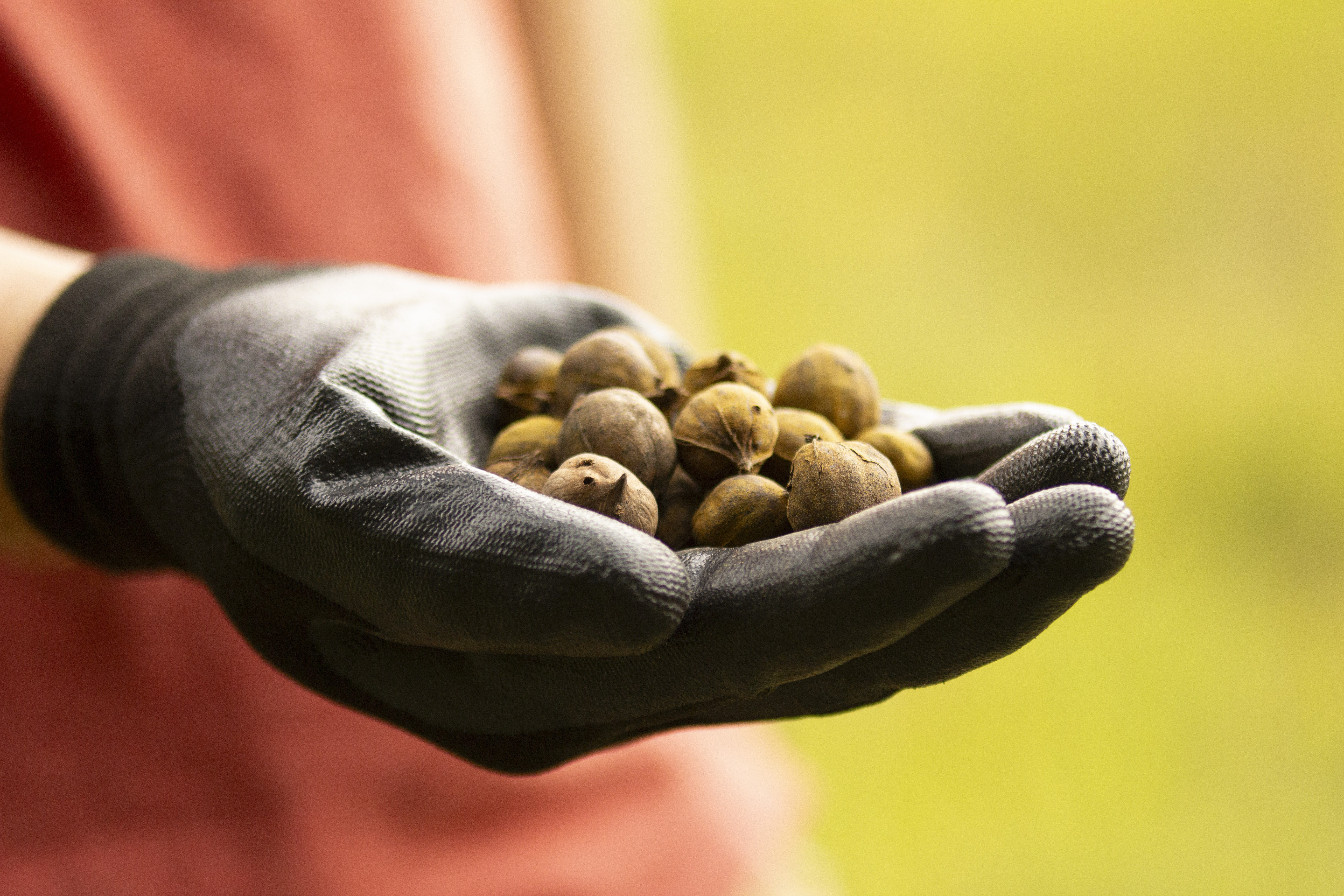
Tree Seed Collection Workshop
Learn more about upcoming workshops for seed collectors through the University of Minnesota. More information coming soon.
Seedlings
The next step: grow seeds into seedlings.
We work at the Minnesota legislature to educate lawmakers about and advance legislation to address the need to expand forest canopy. This is dependent on many key investments. One way we have helped is by successfully advocating for state investments in recent years to improve and expand capacity of the Minnesota state forest nursery, which has produced more than 1 billion seedlings in the last century.
Private nurseries across Minnesota are working hard to meet the increased demand for tree seedlings to fuel reforestation efforts.
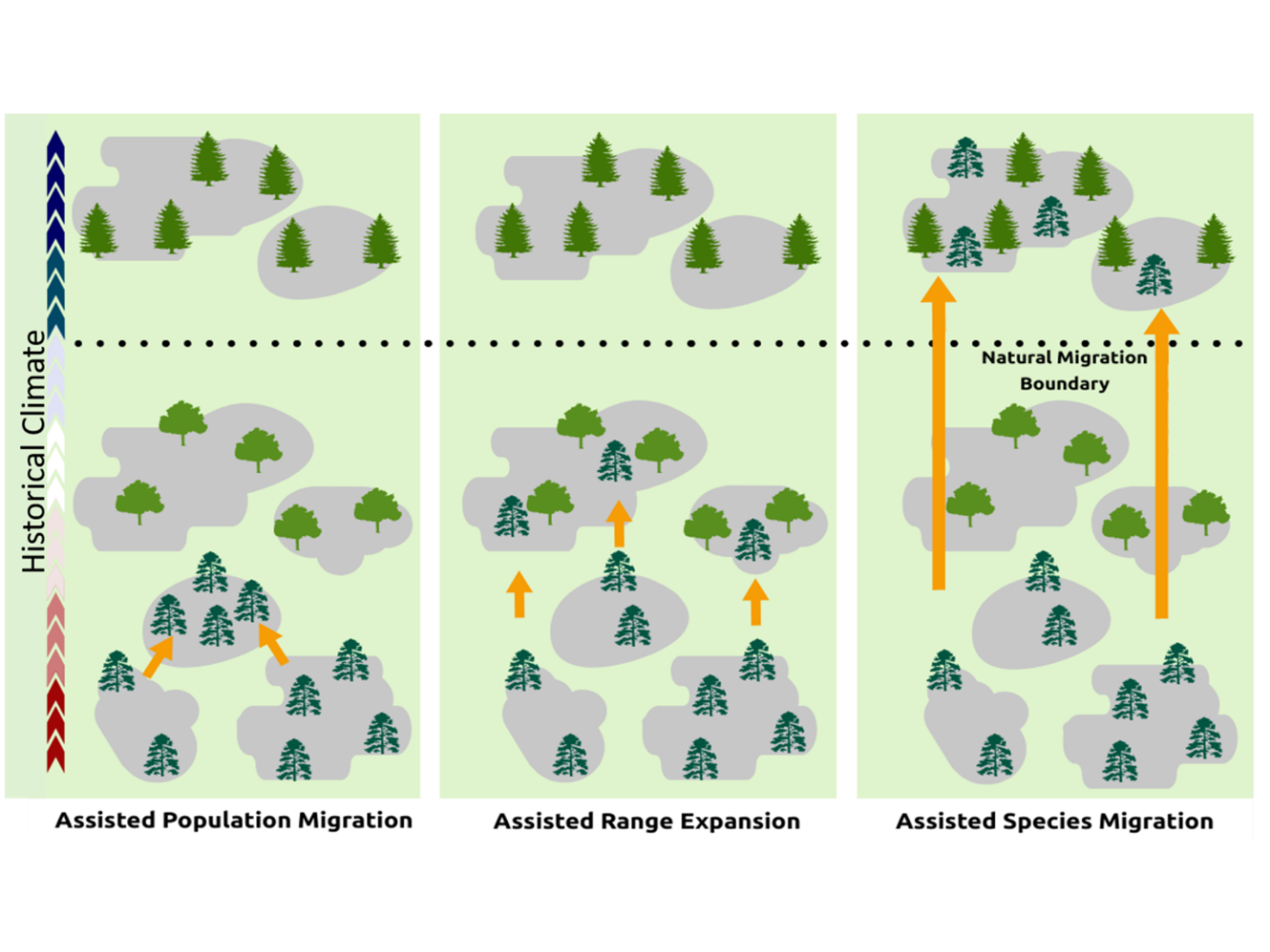
Migrating trees?
Trees migrate through spreading seed to inhabit new habitats where they can survive and thrive. They can move in natural ways—by the wind or in the stomach of an animal. Humans can help accelerate this movement by intentionally planting trees in environments where they’re most likely to thrive.
The trees in central Minnesota, for example, are adapted to the relatively cool climate these woods have enjoyed for centuries. To increase resilience in these forests as Minnesota continues to warm, we will plant seedlings whose genes are adapted to thrive in a slightly warmer environment, like that of southern Minnesota.
This is called assisted migration. The species that are planted are still native to central Minnesota, where the Reforestation Hub shows a lot of opportunity for reforestation. We’re simply planting seedlings with genetics adapted to the slightly warmer climate of southern Minnesota.
We’re planting species of trees that already grow in central Minnesota using southern-adapted seeds of these same species, giving trees a better chance of long-term survival in a warming climate.
We also consider tree species diversity and seed source diversity when planting. More diverse forests with a variety of species are more likely to succeed than monoculture forests planted with a single species. Diverse forests benefit from pest and disease resistance, resilience to climate change and increased wildlife habitat.
Dive deeper
Learn more about how seedlings adapted to a warming climate are the key to resilience in future Minnesota forests.
-
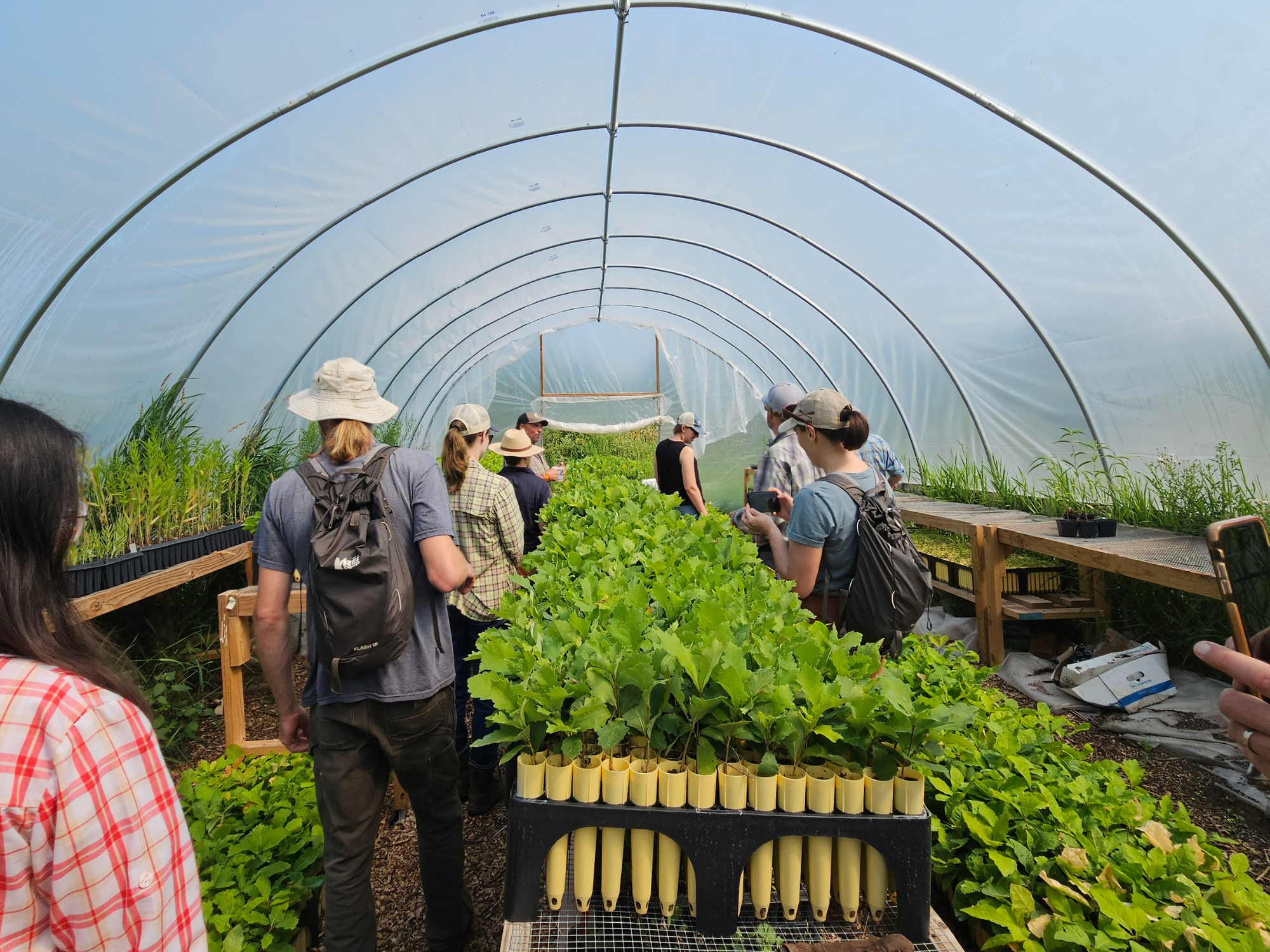
How to help Minnesota forests thrive
Climate change has come to Minnesota’s iconic Northwoods. A University of Minnesota Duluth professor says that what our forests look like in 50 years is up to Minnesotans. Read the story
Sign up for Nature News
Sign up to receive monthly conservation news and updates from Minnesota.
Planting
More than 2 million acres of land in Minnesota have the opportunity for reforestation, according to Nature Conservancy research examining lands that could be restored to forest. The opportunity is mostly on privately owned pastures and open urban space, with the largest opportunity in central Minnesota.

We are working with partners to help private landowners plant trees where it makes the most sense. While sequestering and storing carbon benefits our whole state and beyond, trees also provide landowners local benefits like shade, ambient cooling, slowing erosion, firewood and wildlife habitat. Landowners, large and small, can become a part of our effort to fight climate change and protect biodiversity.
Agroforestry is a great way to bring trees onto working lands. It’s the intentional integration of trees and shrubs into crop and animal farming systems to create environmental, economic and social benefits. When trees are strategically planted on working lands, both nature and farmers’ bottom lines can benefit.
Dive deeper
Learn more about how planting trees can contribute to the Minnesota Million movement.
-
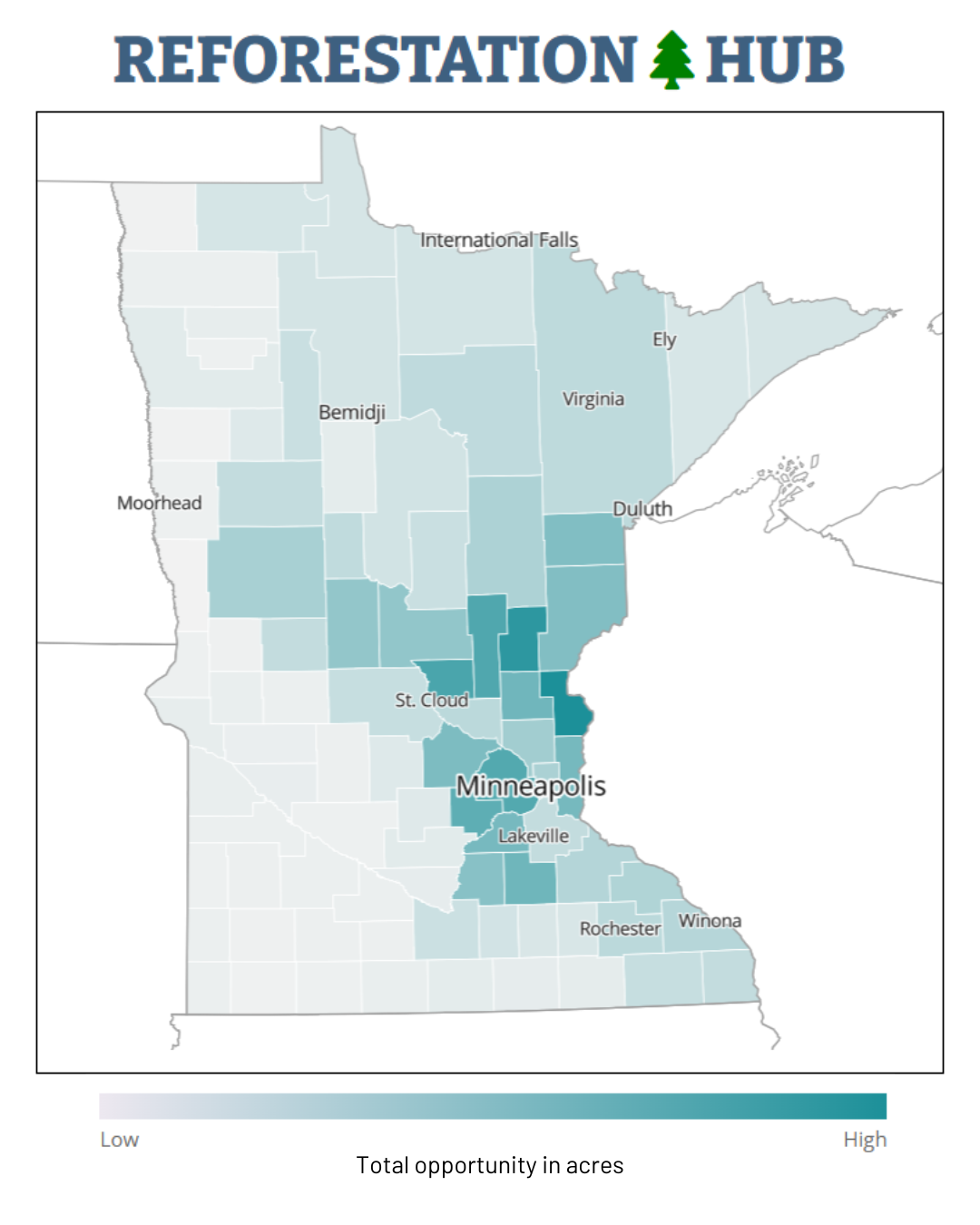
Reforestation Hub
Explore the opportunity to restore forests in Minnesota and beyond. Visit the Hub
Tending and Care
From seed scouting, collection, storage and nursery growth, a lot of work goes in to getting a seedling ready for planting. To make sure that work doesn’t go to waste, it’s critical that the seedling receives proper tending and care in its first few years. That means making sure young trees get enough water and are protected from herbivores like deer. A single bite off the top of a tree seedling can mean certain death, so maintaining fencing around seedlings can help them grow out of reach of browsers.
Dive deeper
Learn more about the importance of tending trees for long-term survival.
-
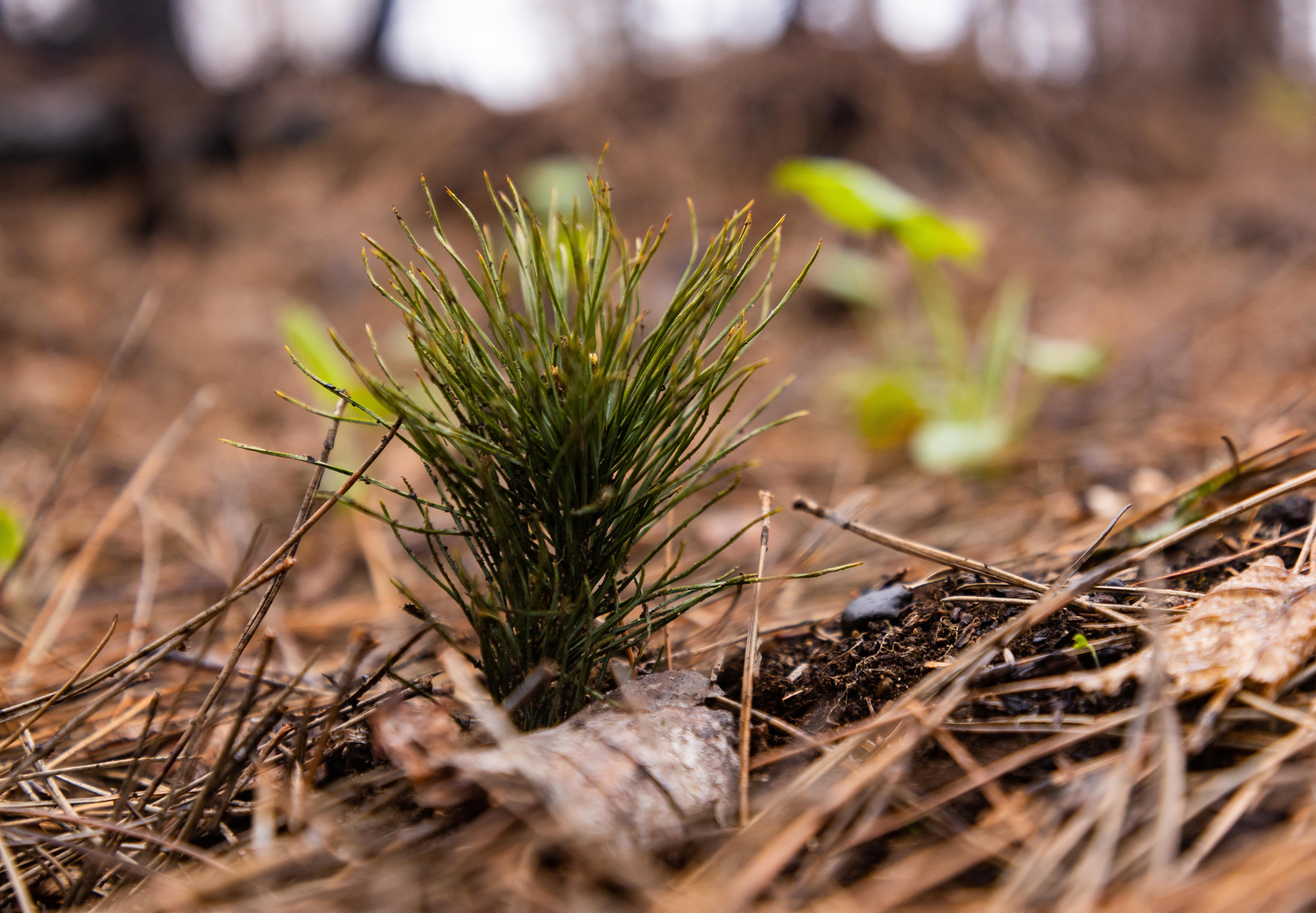
How you can care for newly planted trees
Make sure your new tree survives to maturity by giving it the care it needs in the first few years. Learn more
-
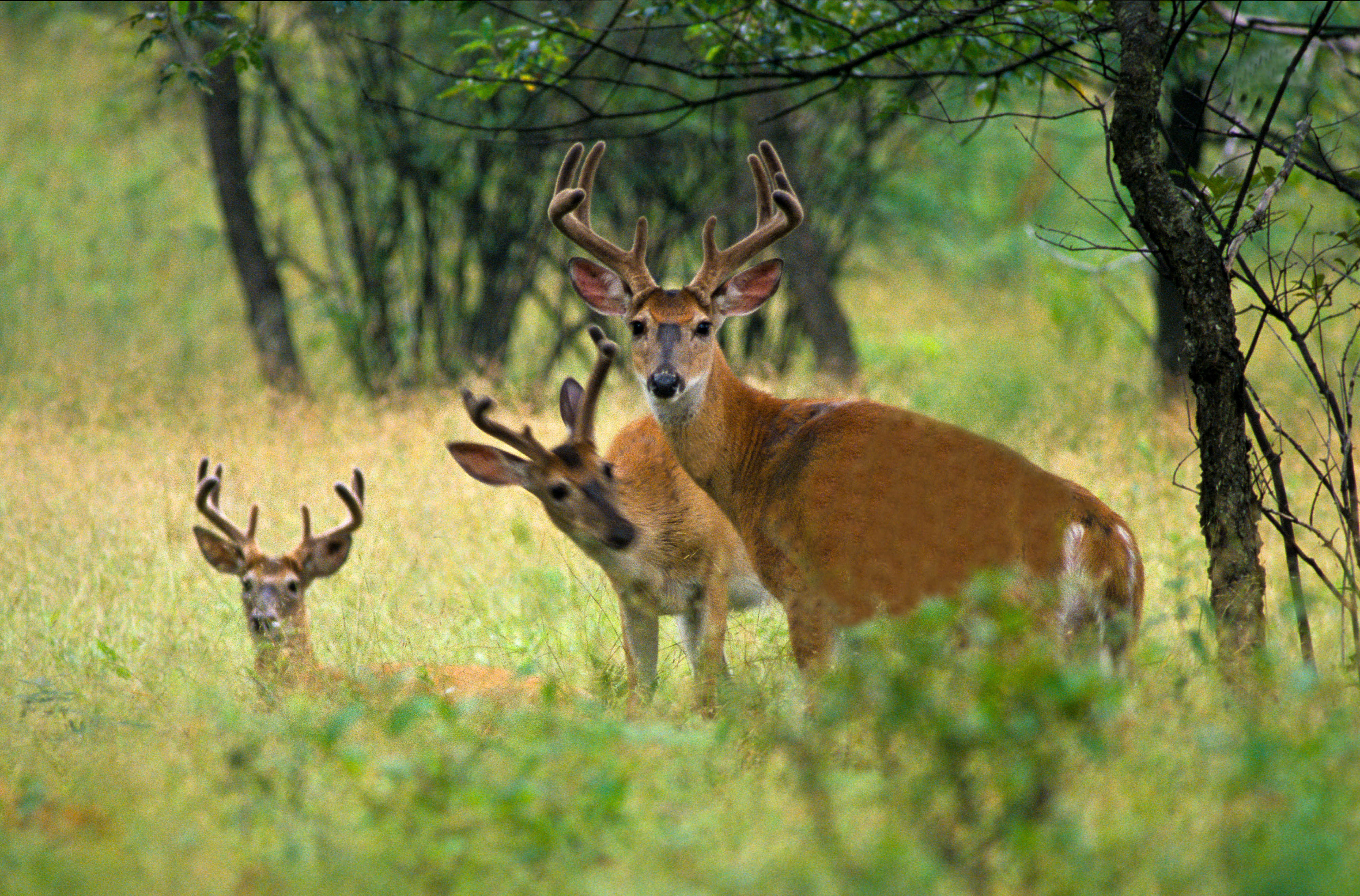
The deer problem
Newly planted trees are vulnerable to deer browsing, but there are steps we take to prevent damage. Read the story


